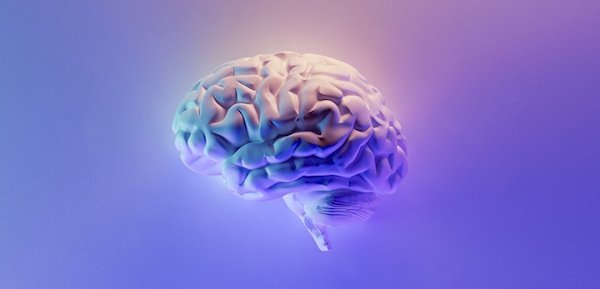Somatic Healing Is About Getting Out Of Our Heads
Culturally we are very focused on the brain. The assumption is that if there is something about our mental well-being that needs changing, it has to do with what’s going on inside our skull, and only that. To the extent that we do value the body, it is mostly done from a clinical perspective: there is some sort of injury that requires treatment.
Our Brain-Body Connection
What gets overlooked is that the messages being relayed to the brain from throughout the entire nervous system are often responsible for our thinking. Indeed, the body as a whole is a place of resilience, nervous system regulation, and intelligence.
Feeling sensations in our body - pressure, temperature, tingling, tightness, softness (to name just a few) - is actually how we feel alive in the world. Relaxation is a physical, body-based experience and not a mere psychological state. We are not floating brains: we are bodies. This explains why so many people struggling from trauma report feeling numb during or after the events; trauma often requires us to abandon or contain our felt sensations in order to manage the reality of a terrible situation. It is also explains why people can understand intellectually that there is no immediate threat to safety while simultaneously feeling unsafe - the body gets stuck sending messages of distress. It is our body that tells us how we are doing moment to moment.
The Downsides of the Cognitive-Focused Model
And yet despite this, we all get trapped (myself included) in the cognitive-focused model that says we can “think our way out” of our issues. The alternative and more expanded model is one that posits our thoughts/ narratives, emotions/ moods, and physical body (sensations and energy) all as vitally important players in the creation of our sense of self. This means that if we want to shift our thinking, it will be very challenging to do so without also addressing how we are doing in our body by exploring what bodily sensations we are either inviting in or pushing out.
I was recently reminded of something many of us know but that is easily forgotten: the prefix neuro doesn’t refer to the brain but rather nerves (i.e. neurons). And neurons exist throughout our entire body. I know for many that when we hear “neuro-“ the immediate response is to think of the brain, when in reality the prefix points us toward what is happening in our body as a whole. In other words, our entire body is our brain.
What this all amounts to is that our self-narratives and our moods are indistinguishable from the felt experience we are having in our body. It is not the case that we are having anxious thoughts and that our body then responds to those thoughts. Rather, it’s the other way around: the body produces particular sensations and then the brain goes about its job of making sense of what the body is feeling.
When I work with clients somatically I encourage them to first feel for the sensation in their body and then be in choice about how they are with that sensation, rather than simply analyzing the constant mental chatter and ignoring the life of the body. In this way we include the intelligence of our entire being in our awareness, and we develop more agency in shifting how we live in our body and, thus, shifting the moods and self-narratives that so often define our experience in life.
If you’re interested in learning more about my approach to somatic coaching, please reach out.

